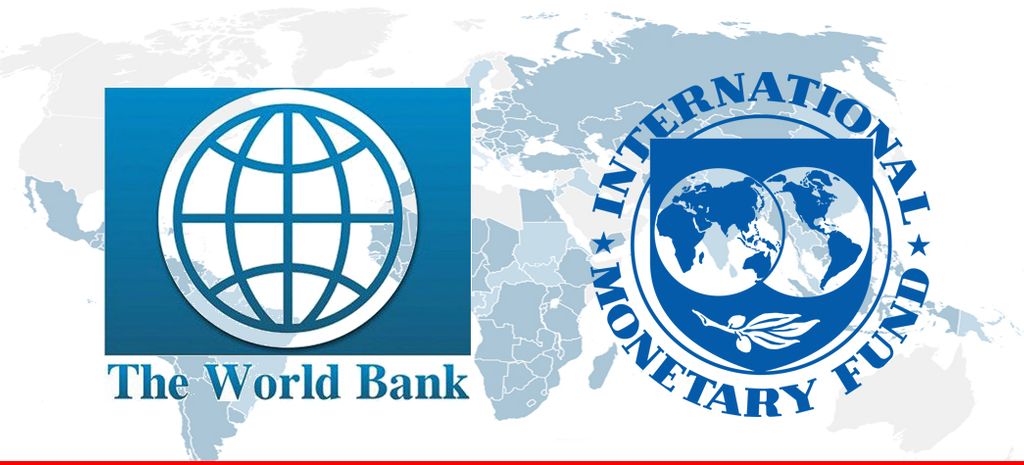International Financial Institutions
Jun 13, 2019 • 50 views

The International Monetary Fund and the World Bank were created at an international conference convened in Bretton Woods, New Hampshire, USA. It was held in July 1944. The goal of the conference was to establish a framework for economic cooperation and development leading to a prosperous global economy.
Formation & functions
The International Monetary Fund (IMF) is an organization of 189 member countries, each having representation on the IMF's executive board in proportion to its financial importance, so that the most powerful countries in the global economy have the highest voting power.
The International Monetary Fund ( IMF) provides policy advice and development support to help countries by providing loans on affordable terms to countries. World bank aims at poverty reduction by reforming certain sectors by implementing a specific project officially.
IMF and into existence in December 1945 with 29 member countries. The World Bank is an organization comprising of two development institutions known as the International Bank for Reconstruction and Development (IBRD) and International Development Association (IDA). Their headquarters are situated in Washington, D.C., U.S.A. The IMF supports many developing nations by helping them in overcoming the monetary challenges and to maintain stable International financial markets. It aims at building infrastructure and eradication of diseases, thereby, helping the countries to become self-sufficient in the coming future.
Between 2004 & 2015, the IMF and World Bank published the annual Global Monitoring Report ( GMR) with sustainable development Goals (SDG) under 2030 Global Development Agenda.
IMF and India
International regulation by IMF in the field of money has contributed towards the expansion of trade internationally. India to a great extent was benefiting from it. After independence, India had a serious balance of payments deficits, particularly with the dollar and other hard currency countries. It was the IMF that helped to rescue. It helped to end the financial difficulties arising out of the Indo–Pak conflict of 1965 and 1971. India had to borrow from the Fund in the wake of the steep increase in the prices of its imports, food, fuel and fertilizers. In 1981, India was given a huge loan of about Rs. 5,000 crores to tackle foreign exchange crisis resulting from a persistent deficit in the balance of payments on the current account.
India wanted large foreign capital for multiple river projects, land reclamation schemes and for the development of communications. India has occupied a special place in the Board of Directors of the Find which led India to play a credible role in determining the policies of the Fund. This has increased India’s fame in international circles.
IMF Quota is a reform that a member can borrow up to 200 per cent of its quota annually and 600 per cent cumulatively. However, access may be higher in exceptional circumstances.
These International organisations are to great help to the developing nations in fostering their growth & development. They both are one of the world's largest sources of funding and knowledge for nations worldwide.
